Customer Hot Line:
+86 15622179651Most common Mechanical fuel pump diagnostic procedures in the past could be performed with a pressure gauge and a volt meter. the most important tool is the scan tool. On early import vehicles, the Mechanical gas pump was energized when the key was turned on and a vacuum-operated diaphragm regulated energy pressure. Today, input from two modules and various sensors are required to operate the Mechanical gasoline pump. While this may sound complicated, it actually simplifies diagnostics. With a scan device, it’s possible to verify if the modules controlling the Mechanical fuel pump are receiving the correct data like oil pressure, crank position and key -placement. Some late-model imports have even turned the Mechanical gas pump into its own module or node on the high-speed serial data bus. The module may share data like the energy level and tank pressure with the -instrument cluster module and the ECM. This means that this information can be monitored with a scan tool. If the serial data bus cannot communicate with other modules, the Mechanical gasoline pump can shut down. Most late-model automobiles have return-less fuel systems. Instead of using engine vacuum to a pressure regulator under the hood, the system uses engine data and varies the velocity of the pump to meet gas requirements. The pump is energized with pulse-width modulated voltage. This implies that if you connect your voltmeter to the Mechanical energy pump circuit, the readings will bounce around instead of being a constant voltage. These systems possess different modes for start, acceleration, deceleration and gasoline cut off. On some vehicles, these modes could be observed on an enhanced or factory scan device as part of the Mode 6 Data.
The most common customer complaint for Mechanical fuel pumps are a no-start condition, intermittent no-start condition, First, perform a visual inspection.Then verify the customer’s claim. If they say it doesn’t run, make sure it doesn’t run. Forget your “noid” lights on most modern automobiles. There is no way to install a noid light on a gasoline direct injection vehicle. If you do feel compelled to prove the injectors are pulsing, try using a scope. Some port fuel injection systems and all GDI systems have pressure sensors that can be noticed with a scan tool.
It’s time to connect the scan tool. 1st, pull the codes and make certain the modules are communicating on their communication buses. Some low-end generic tools may not be able to talk to all the modules. Many improved or factory scan equipment can perform a “health check” that can draw codes and parameters from the modules on the vehicle with just one press or click. Some scan tools have automated tests that can bi-directionally control components to automatically confirm operation. In the event that you receive any interrupted conversation codes from the scan resolve those first because actually if they don’t seem connected to the Mechanical energy pump, chances are that they might be causing the no-begin condition. After you’ve performed the checks with your scan device and have confirmed with the service information that it could be the Mechanical gasoline pump causing the no-start condition, you can carry out the physical assessments to confirm the condition of the Mechanical fuel pump.
These systems are very efficient and overtime, become easier to work on due to their tighter gas trim parameters. GDI makes more power for a given engine size making V8s perform like V10s and V12s while using less energy. The diagnostic strategies are similar to port gasoline systems, but most of these systems have an additional Mechanical fuel pump, pressure sensors and a different style of injector. This information can be used to diagnose the health of the low-side and high-part pumps. These tools will have the PID parameters for these parts within the Mode 6 data. These parameters can tell you what the pressures should be during the different modes of procedure. Also, if this data is used in conjunction with the waveforms of the injector pulses, it’s possible to -perform cylinder balance and other diagnostic checks. The pressure transducers can also be used to monitor system pressures to diagnose hard-start problems. Maintenance and the reduced frequency of -engine essential oil changes have been known to take their toll on some GDI high-pressure pumps. For example, some VWs and Audis are experiencing wear on the follower on the pump due to poor lubrication and oil that has broken down. With late-model imports, so much of the diagnostic process for Mechanical gas pumps can be performed from the driver’s seat of the automobile with a scan tool. This makes you a more productive technician and the -diagnosis more accurate, and this translates into a far more profitable shop.
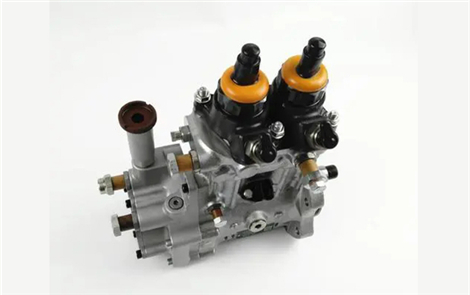
Release time:2019-07-15 Text source:Guangzhou Ruixiao Trading Co.,
What is a Common fuel pump? The Common fuel pump is known as the heart of the diesel engine. Is the most important component of the diesel fuel supply system Is to provide high pressure diesel fuel injectors regularly and quantitatively. Wh...
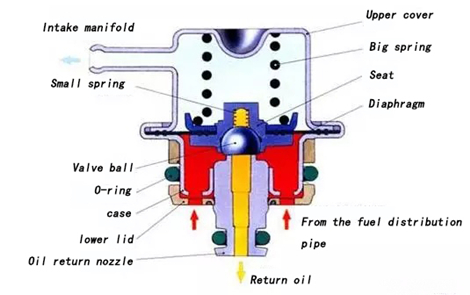
Release time:2019-03-04 Text source:Guangzhou Ruixiao Trading Co.,
I have recently seen many friends asking me about engine jitter and poor acceleration, and some even dont know how to check fuel pressure. Today, we will tell you about the fuel system, how to measure the oil pressure, and some troubles tha...
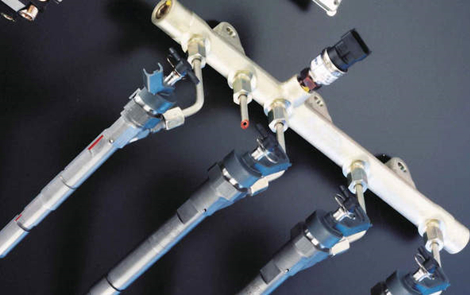
Release time:2018-10-03 Text source:Guangzhou Ruixiao Trading Co.,
Mechanical fuel pump Diagnostics Using Scan Tools Most common Mechanical fuel pump diagnostic procedures in the past could be performed with a pressure gauge and a volt meter. the most important tool is the scan tool. On early import vehicl...
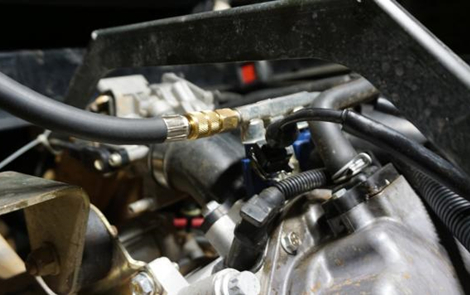
Release time:2018-09-30 Text source:Guangzhou Ruixiao Trading Co.,
How to Replace the Injection Pump in a Gas Tank If your gas tank is full but your engine isnt getting any gas, you may need to substitute the injection pump. However, first make sure the problem isnt a broken gas line, clogged filter or an...
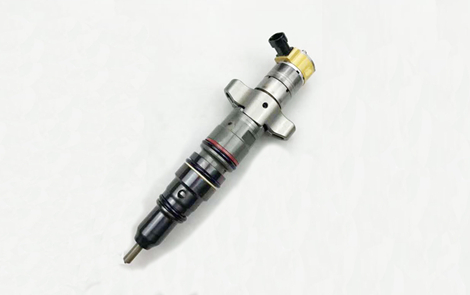
Release time:2018-09-17 Text source:Guangzhou Ruixiao Trading Co.,
How to Buy a High performance fuel injectors The high performance fuel injector, injects fuel into the engine at the right time to ensure optimal efficiency. Older automobiles had carburetors that mixed the air and fuel before delivering it...